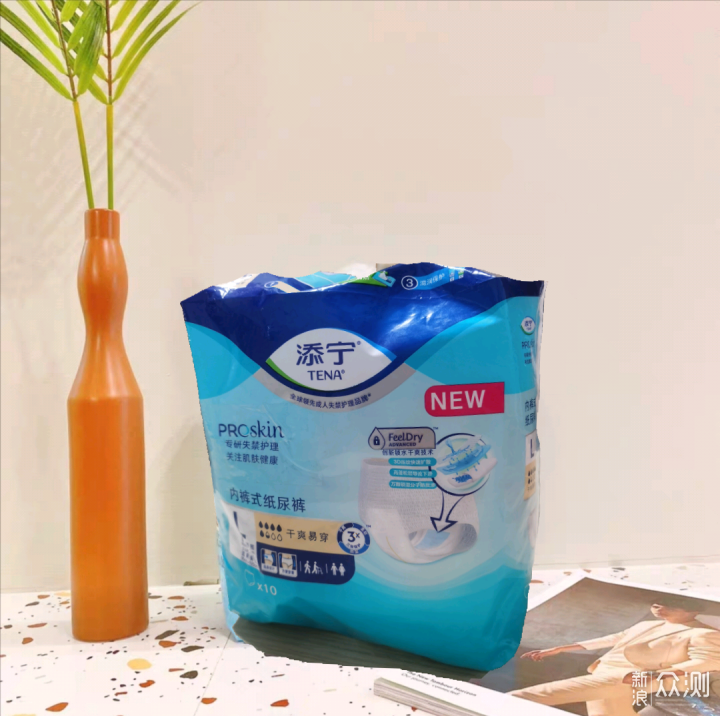The emergence of intelligent adult diapers and adult incontinence products should not only ensure the basic performance of traditional products, but also detect the data of uric acid and glucose in urine, and briefly analyze the wearer's physical condition, which is helpful to prevent diseases. Therefore, smart products should be equipped with uric acid and glucose detection.

The concentration detection of glucose and UA adopts the following steps. Glucose was dissolved in 0.01M phosphate buffer (PBS, pH 7.4), and glucose solution with concentration of 0.1.2.4.8.16.20mm was dissolved in 0.01M phosphate buffer and pH 7.4, respectively 4> The UA solution with the concentration of 0.0.0.2.0.0.0.4.0.8mm was dissolved in 0.01M phosphate buffer and ph7.5mm respectively 4> Yes. During the test, pour different concentrations of glucose solution on the diaper surface every 20 seconds and test with the system. Similarly, UA detection adopts the same method. Using I-T chronoamperometry, the initial voltage is set to 0.1V, the running time is set to 140s, and the uric acid is set to 120s.
For the anti-interference test of glucose, first add 50ml of 8mm glucose solution, and then add 0.5mm UA solution, 0.06mm AA solution, 5mm KCI solution and 8mm glucose solution every 20 seconds.
For UA anti-interference test, first add 50ml UA solution with concentration of 0.5mm, and add 0.5mm UA solution every 20 seconds. 0.06mm AA solution. 5mm KCI solution. 0.5mm UA solution is 50ml, I-T chronoamperometry is adopted, the initial voltage of 0.1V is set, and the operation time is 120s.

Generally, I-T chronoamperometry is a common method to evaluate the upper and lower limits, linear range and target marker concentration of electrochemical sensors. With the increase of glucose concentration from 0 mm to 20 mm, the current response of glucose sensor to glucose increased by 1.18 ha. As the concentration of glucose solution increased from 0 mm to 8 mm, the current value detected by the system increased from 0 UA to 0.37 UA. When the concentration of glucose solution was 16mm and 20mm, the corresponding response current reached 0.94ua and 1.18pua. In addition, the linear relationship between the current response of the sensor and glucose concentration is calculated by linear fitting formula. When the glucose concentration is in the range of 0 ~ 2mm, the correlation coefficient between the response current of the glucose sensor and the glucose concentration is 0.9862, and the sensitivity of the sensor is 0.0205ua/mm; The glucose concentration in the range of 2 ~ 20mm is 0.988, which indicates that the sensor has good sensitivity and linear relationship. The normal physiological level of glucose in urine is lower than 1.6mm, and the concentration of glucose in urine is higher than 2mm, which is considered to be the abnormal concentration of glucose in urine. Therefore, when the glucose concentration in urine is in the range of ~ 20mm, the system sensor can detect the glucose concentration.
When the uric acid concentration increased from 0 mm to 0.8 mm, the response current increased to 1.2 UA. According to the linear fitting formula, the sensitivity of the sensor to uric acid is 1.5043pa/mm and the linear correlation coefficient is 0.9199. At the same time, UA is the product of human purine metabolism, which is related to many clinical diseases. The concentration of UA in human urine depends on the individual's gender and age. According to the detection results, the sensor of the system can be used to detect the concentration of uric acid in urine.

In human urine, glucose is the main substance except most water. Uric acid and some inorganic salts, such as potassium. Sodium. Chlorine. Calcium, etc. At present, the detection materials designed for intelligent adult diapers and adult incontinence products are glucose and uric acid. The enzyme and reaction base have high specificity, but it does not rule out whether the co storage base will interfere with the detection of the sensor.
Comment(0)
You can comment after
SIGN IN